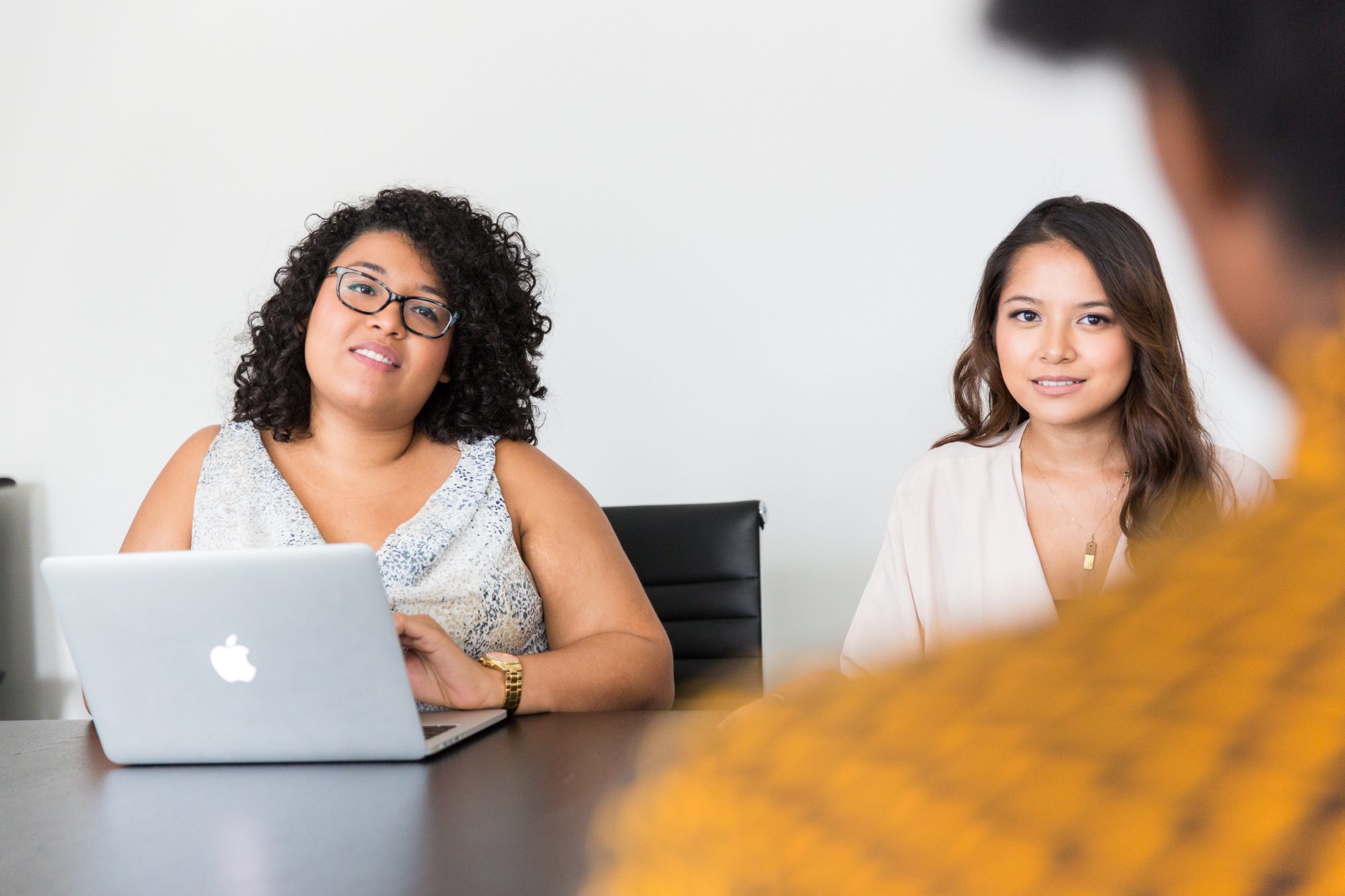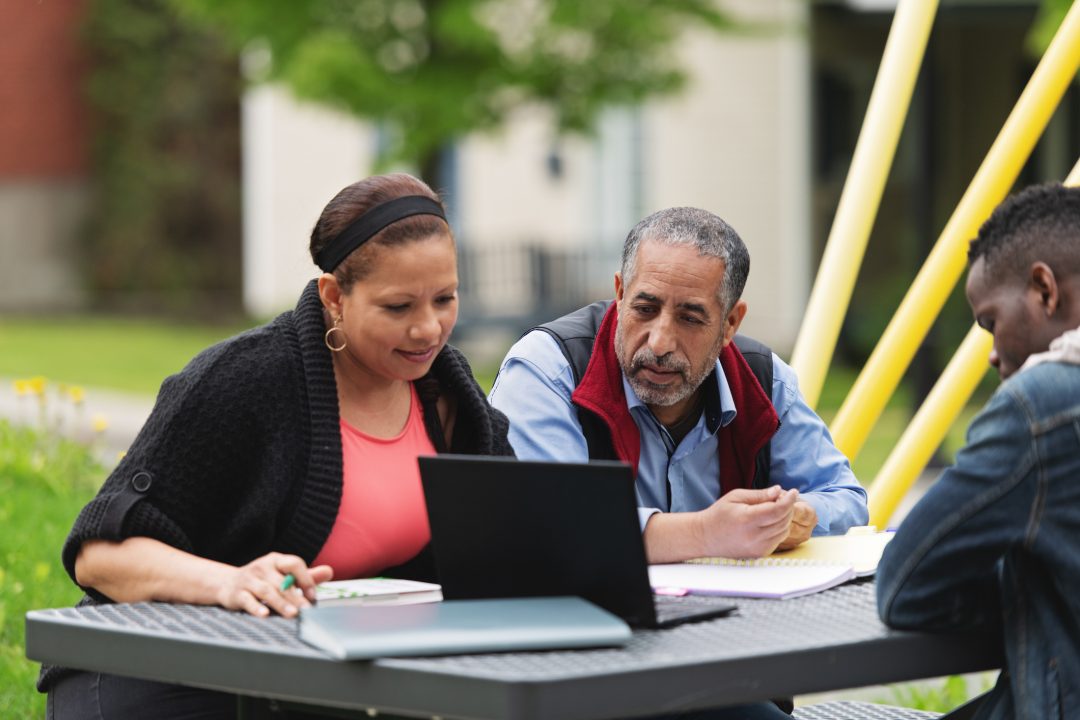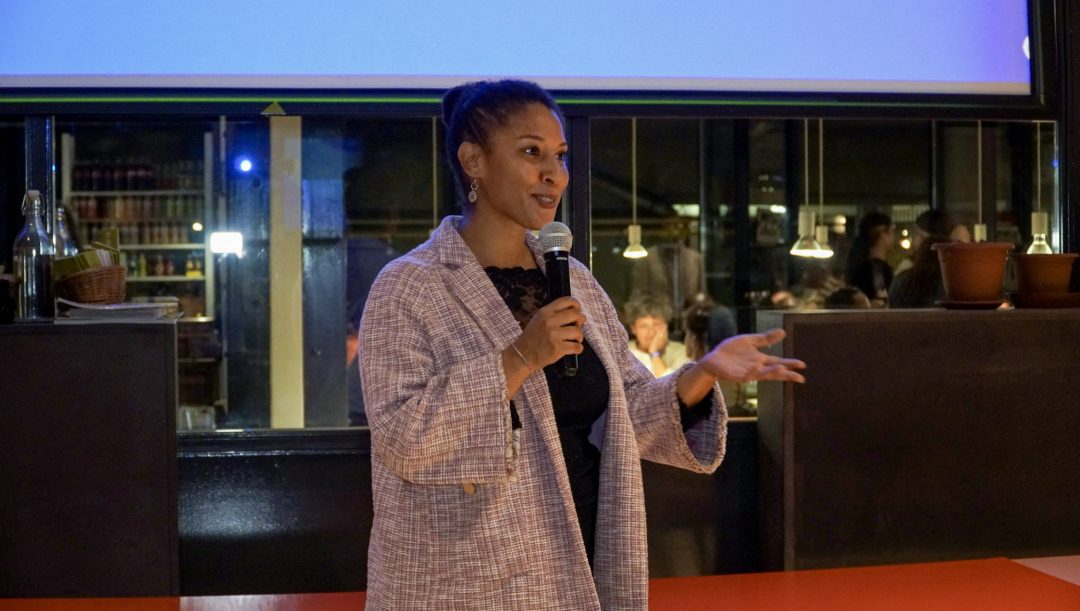The Shecession
Enhancing women’s access to innovation is crucial for addressing gender parity issues. Including a gender perspective in entrepreneurship and all aspects of life is a pressing moral, social, and economic challenge. Fixing 100% of gender-parity issues—matching women and men’s participation in the workforce, their sector mix, and full-time mix of jobs—could result in an annual global increase in GDP equivalent to the size of China or the United States.
The COVID-19 pandemic has disproportionately affected women, despite their fundamental role in the global value chain. This crisis has regressed gender equality, with women being 47% more likely than men to have lost or quit their jobs to take on more childcare and household responsibilities.
On average, women worldwide spend 4 hours and 22 minutes per day in unpaid labor, compared to 2 hours and 15 minutes for men. COVID widened this gap further, with women now spending an additional 15 hours in unpaid labor each week, substantially decreasing their participation in the workforce. As more women turn to entrepreneurship as their only option in a hostile job market, we must tackle how their journey into the entrepreneurship ecosystem is being supported.
Women in a male-dominated entrepreneurship ecosystem
The regression’s effects on entrepreneurship show a clear pattern: higher rates of closure for small and medium female-led businesses. This directly correlates with women being a third more likely to work in sectors like beauty, arts and culture, retail, or social care—areas either shut down during lockdown or with lower productivity.
Female-led businesses receive less financial support, making them more prone to economic shock and less able to pivot during a crisis. When they do raise funds, they tend to secure lower sums than their male counterparts at each funding stage.
The UK government’s Future Fund launch last April serves as a clear example. It offered £500 million worth of convertible loans to support growth and innovation in sectors like technology, life sciences, and the creative industries. The two simple requisites for applying—startups must have received equity investment of at least £250,000 in the last five years and have investors—excluded many female founders.
Of the +700 companies that applied to the Future Fund, 82% had mixed-gender management teams, but only eight had an all-female senior leadership team compared to 181 all-male teams. Funding for female-run businesses totaled £7.2m versus £118.4m for male companies.
This disparity is evident when we see that 68.33% of the capital raised across the seed, early, and late VC funding stages in the UK went to all-male teams. Only 28.80% went to mixed-gender teams, and just 2.87% went to all-female teams.
The root issue of access for female founders

Even in the Nordics, a region recognized for gender equality in the workplace, only 1.3% of available capital in 2019 went to all-female startups. The majority of funding, 93%, went to all-male teams, who represent 83% of the startups. This means all-male teams not only get more deals but also the larger deals, raising more money than all-female teams.
In sub-Saharan Africa, a World Bank report, Profiting from Parity, revealed that women founders across the region continue to earn 34% less on average than male founders. In 2019, less than 5% of VC funding for African startups went to companies with women co-founders.
This is a global phenomenon, independent of country or socio-economic status, and it should be tackled as such.
Diverse women in entrepreneurship
The situation is worse when we consider stage or diversity. At the pre-seed stage, the tickets available to men are 39% higher, averaging £3,200 versus £2,300 for women in the UK. Typically, only companies with a proven product-market fit go beyond early-stage financing rounds (Series A or B) and complete Series C.
Only 0.24% of venture funding over the last 10 years went to Black founders. Ten black female entrepreneurs received venture capital investment, 0.02% of the total amount invested. None so far have received late-stage funding and just one early-stage (Series A or B) venture capital investment went to a Black female. In comparison, 194 early-stage investments went to white female entrepreneurs. In the U.S., less than 1% of VC funding has gone to Black and Latinx female founders.
Female entrepreneurs attract more investment at later stages, once they have a track record of revenue and impact. Evidence shows higher risk aversion from investors regarding women-led enterprises. Therefore, accessing funding at an early stage as a female founder is mission impossible.
The gap starts in VCs
Looking into the percentage of female partners in VCs, only 9% of general partners at leading U.S. venture capital firms are women. This varies globally, with 23% in San Francisco, 19% in New York, 1% in Mexico City, and 2% in Berlin and Tel Aviv, according to Women in VC’s directory. The global average is a low 10%.
Research on the US venture ecosystem shows investment firms with women partners are more than twice as likely to invest in women-led enterprises and more than three times as likely to invest in enterprises with women CEOs.
This is just the peak of the iceberg. The challenges in the entrepreneurship ecosystem replicate in every country with both public and private investment. They affect all women, with the highest challenges being the gender-gap in VCs, the access to early-stage support in higher productivity areas of innovation, and the access to funding.
It’s not only about having a gender perspective in entrepreneurship but doing it with intersectionality. Including a diverse group of women from all backgrounds and realities, not just those from elite higher education institutions, is crucial.
VC-backed startups are still significantly male (89.3%), white (71.6%), based in Silicon Valley (35.3%), and Ivy-educated (13.7%). This reflects the reality female founders face when deciding to pursue entrepreneurship as a path to financial independence and economic growth.
Long story short: A more balanced community of entrepreneurs doesn’t just magically appear.
Improving access to innovation for women entrepreneurs
Disclaimer: We, at Bridge for Billions, are still learning. We believe we’ve come a long way with 46% of our founders being women, compared to around 20% in most entrepreneurship support organizations. We want to share our learnings to truly democratize access to entrepreneurship support worldwide.
Let’s bring a gender perspective to the forefront of our agendas and operations by addressing how we handle things internally, externally, and with our technology to combat common biases.
Program Design
The Team: Gender diversity among staff enhances the capacity of an organization to communicate, attract, and structure programs for female entrepreneurs.
- Our hiring process focuses on skills rather than gender. Although finding the right hard skills is key, we prioritize purpose-fit. One of three interviews is purely focused on purpose. Hiring people who want to change the status quo is essential.
- We are intentional in our fight for gender equality. Although intention alone is not enough, it helps maintain focus. Now, we have a 50% female founding team, 60% female management team, and 52% female representation overall.
- We remain aware of the journey ahead by attending gender-parity workshops, talks, and events. For example, before our expansion to Latin America, we took a “Gender Mainstreaming” workshop with partners like Ashoka, VC4A, and the Swiss Agency for Development and Cooperation to ensure accountability.
Although building a team with high female representation is easier as a social enterprise, we believe it is possible in any industry. Whether you are a drone startup or an IT multinational, aligning talent acquisition and retention with women’s realities is crucial.

The Marketing Strategy: Your marketing and communication strategy should welcome female entrepreneurs from diverse backgrounds.
- We thoroughly review our communication materials for gender bias, from the website to every social media post.
- We ensure more than one woman participates in our panels and strive for a 50/50 gender split in panel and content representation where possible.
- We use inclusive image galleries such as The Gender Spectrum Collection and Nappy to ensure everyone feels included and represented.
- We strategically choose testimonials and examples to portray female founders in underrepresented areas like tech, energy, and finance.
- We run targeted scouting campaigns through digital advertising to increase our number of female mentors and role models.
Program Kick-Off
The Selection Process: We focus on people’s potential rather than venture risk, diverging from traditional VC methods.
- Our transparent online selection process, integrated into the Bridge for Billions platform, evaluates the strength of the entrepreneur’s project, their motivation, and the validity of their business model.
- Our Incubation Managers explain the program’s flexibility so participants can work at their own pace, reducing pressure for those juggling multiple roles.
- Although we ask for education levels for impact purposes, it does not influence the selection process. Our program doesn’t require an MBA or previous startup experience, acknowledging women’s historical educational access gaps.
Incubation Journey
The Proprietary Technology:
- Our technology team includes female developers to ensure our product adapts to women’s realities. Partnering with Adalab, a training program for female developers, helped us find María Sola, a key member of our tech team.
- During the acquisition phase, we ensure enough female mentors are available as role models. The matching phase focuses on chemistry and value between entrepreneur and mentor, allowing female entrepreneurs to choose their mentors freely.
- Our technology allows for a 100% online program, providing flexibility for female founders who may still carry caregiver roles. This ensures women are not excluded due to inflexible program structures.
Closing and Evaluation
- Asking the right questions—such as the number of female founders and co-founders, their previous support or funding, and specific challenges—helps identify blind spots and optimize accordingly.
- Demographic data like gender and ethnicity are collected for impact analysis and not as selection criteria, ensuring inclusive access to support.
Where to start?
Fighting gender disparity in entrepreneurship support involves more than supporting female founders. It’s about creating an inclusive ecosystem, understanding their realities, and being flexible to their needs.
Challenge your organization to understand these realities. Gather data, learn, reflect, and act to ensure female entrepreneurs have the same opportunities as their male counterparts.
From program architecture to selection criteria and founder support, every step counts in guiding female founders to create resilient businesses that rebuild our economies and societies.
Addressing this challenge requires systematic thinking. Including women in education, the labor market, policy-making, decision-making roles, and male-dominated industries like VCs can help close the gender gap from A to Z.
It’s everyone’s responsibility to create a world with equal opportunities, regardless of gender, race, culture, religion, sexual orientation, or education.
Why we care
Bridge for Billions supports more female entrepreneurs than the average business incubator. This success is due to prioritizing gender balance and incorporating a gender lens into all our operations. We have supported 867 female founders through various initiatives, especially those focused on female founders.
By partnering with Coca-Cola in their “Gira Mujeres” program, we supported 30 female entrepreneurs from rural Spain in developing their businesses. Coca-Cola sparked the conversation around female innovation with local town halls.
Through our partnership with Ashoka Philippines, we supported 40 female social entrepreneurs in building strong businesses able to pivot and thrive in a COVID-19 market. In Senegal, we created Kinaya Labs to work with 20 female entrepreneurs on new solutions to spark regional innovation.
We still have a long way to go and room for improvement. However, with these conscious changes and amazing partners, 46% of the entrepreneurs we support are women.
Contact us below if you want to create your own innovation program to tackle gender bias in the entrepreneurship ecosystem.




